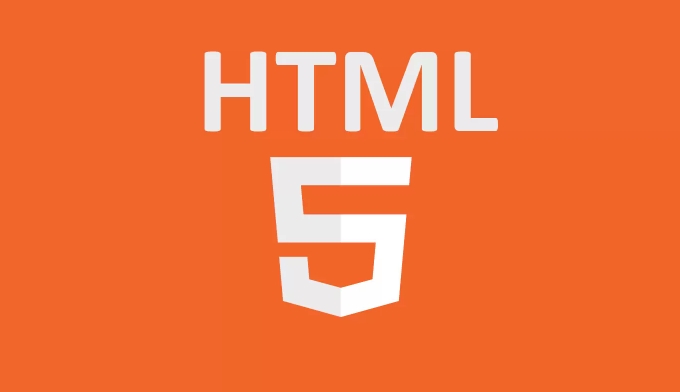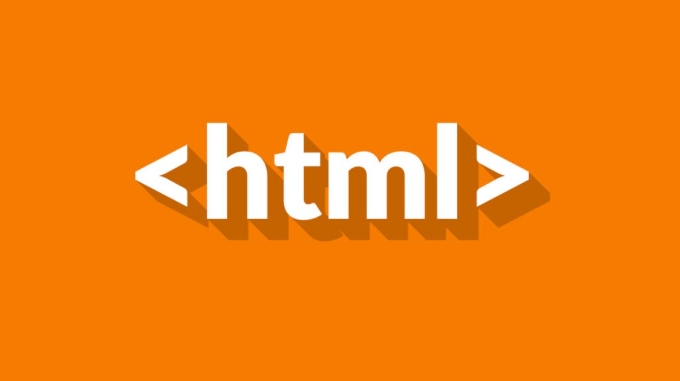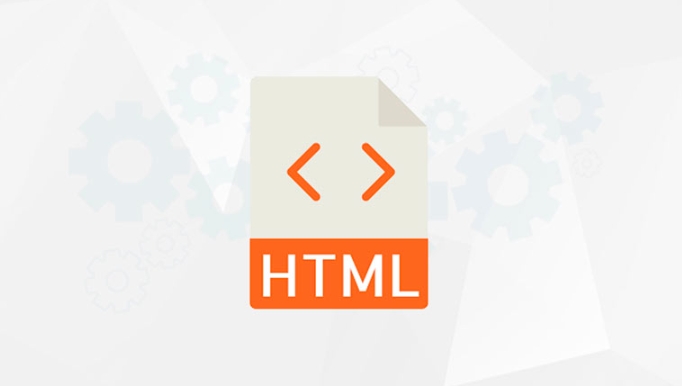Key steps to creating an H5 page include preparing the infrastructure, adding content, beautifying the page, and adding interaction effects. 1. Prepare the infrastructure: Use HTML5 standard templates, including basic elements such as DOCTYPE declarations, html, head and body; 2. Add content: Use h1, p, img and other tags to insert titles, paragraphs and pictures, and pay attention to paths and alt attributes; 3. Beautify the page: Set styles such as fonts, colors, spacings, etc. through style tags or external CSS files; 4. Add interactive effects: Use JavaScript to implement simple functions, such as clicking on a button to pop up window, it is recommended to place the script before the body ends the tag to optimize loading speed.

Creating an H5 page is actually not difficult. As long as you master basic HTML, CSS and a little bit of JavaScript knowledge, you can create a simple but complete page. H5 refers to HTML5, which is one of the core languages ??for web development. It is simpler and has stronger functions than the previous version.

The following is based on several common needs and talk about how to create an H5 page step by step.
1. Prepare the infrastructure: Standard template for HTML5
Each H5 page should have a clear structure. You can write a common HTML5 template first and then add content later:

<!DOCTYPE html>
<html lang="zh-CN">
<head>
<meta charset="UTF-8">
<title>My first H5 page</title>
<meta name="viewport" content="width=device-width, initial-scale=1.0">
</head>
<body>
<!-- The page content is here->
</body>
</html>This template contains some key points:
-
<!DOCTYPE html>Declare document type HTML5 -
<meta charset="UTF-8">Set the character encoding to UTF-8 to avoid Chinese garbled -
<meta name="viewport">is to make the page appear better on the phone
2. Add content: title, paragraph and picture
Once you have the structure, you can start populating the content. Common elements include title (h1~h6), paragraph (p), picture (img), etc.

for example:
<h1>Welcome to my homepage</h1> <p>This is a simple H5 page example. </p> <img src="/static/imghw/default1.png" data-src="example.jpg" class="lazy" alt="example picture">
A few suggestions:
- Use appropriate tags, such as h1 for title, p for text, and do not use div or span for all
- The image path should be correct, it is best to place it in the images folder in the project directory.
- Add alt attribute to images to facilitate SEO and accessibility
3. Beautify the page: Use CSS to control the style
HTML is responsible for structure, and CSS is responsible for style. You can add style tags to the head section, or introduce external CSS files.
For example, add in head:
<style>
body {
font-family: Arial, sans-serif;
background-color: #f9f9f9;
color: #333;
padding: 20px;
}
h1 {
color: #007BFF;
}
</style>You can also write styles in a separate CSS file, such as styles.css, and then introduce them through link:
<link rel="stylesheet" href="styles.css">
4. Make the page move: add a simple JS
If you want the page to have some interactive effects, such as clicking the button to pop up, you can add a piece of JavaScript.
for example:
<button onclick="sayHello()">Click me</button>
<script>
function saysHello() {
alert("Hello, this is your first H5 page!");
}
</script>Notice:
- It is better to put script before the body end tag to avoid blocking page loading
- When you are beginners, you can start with simple event processing, such as clicks, input changes, etc.
Basically that's it.
Although it seems that there are many steps, each step is not complicated. The key is to practice it. You can write it according to the template first, then try to change the color, font or add a link, and you will become more and more proficient.
The above is the detailed content of How to create an H5 page?. For more information, please follow other related articles on the PHP Chinese website!
























